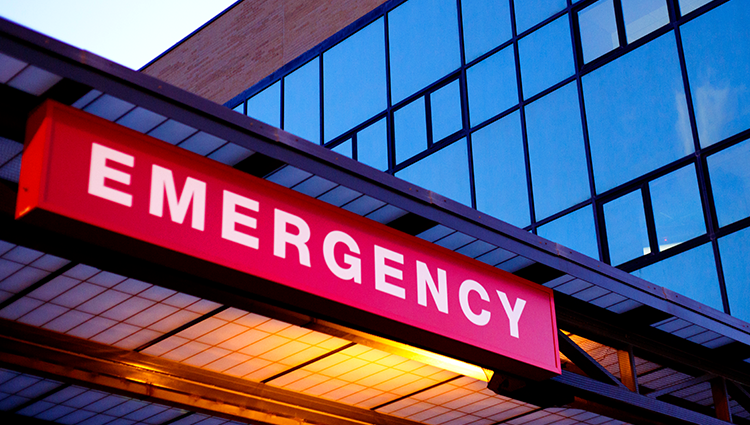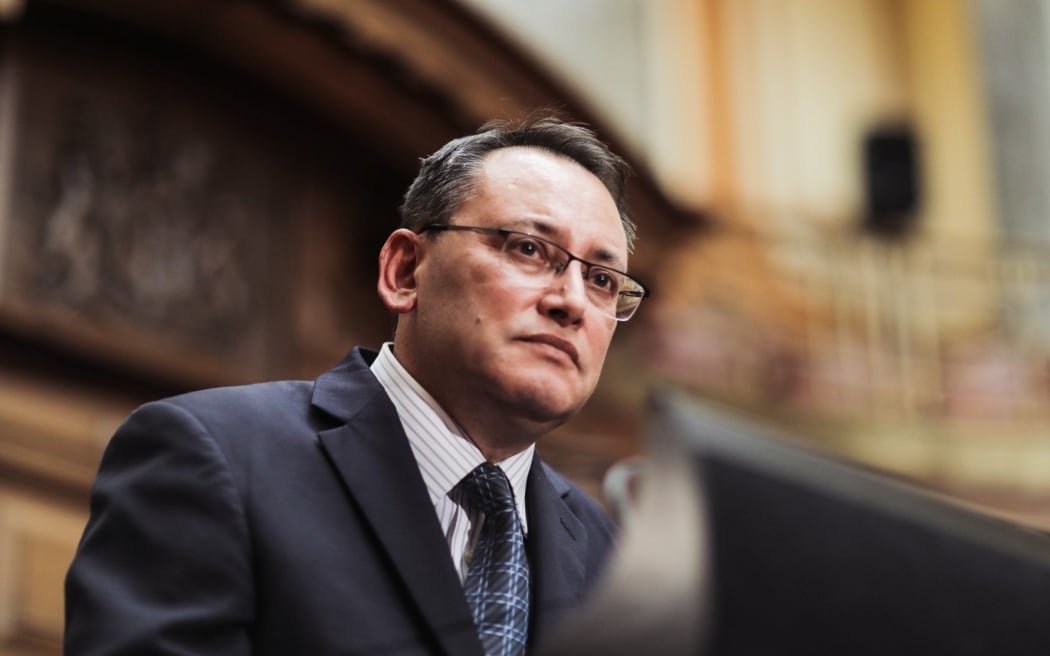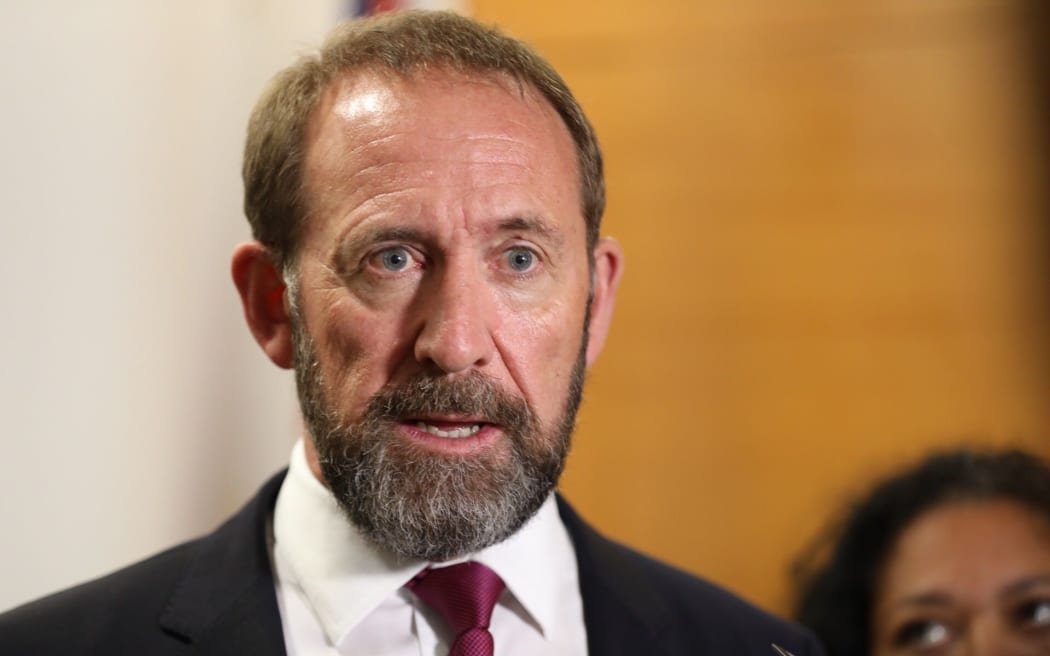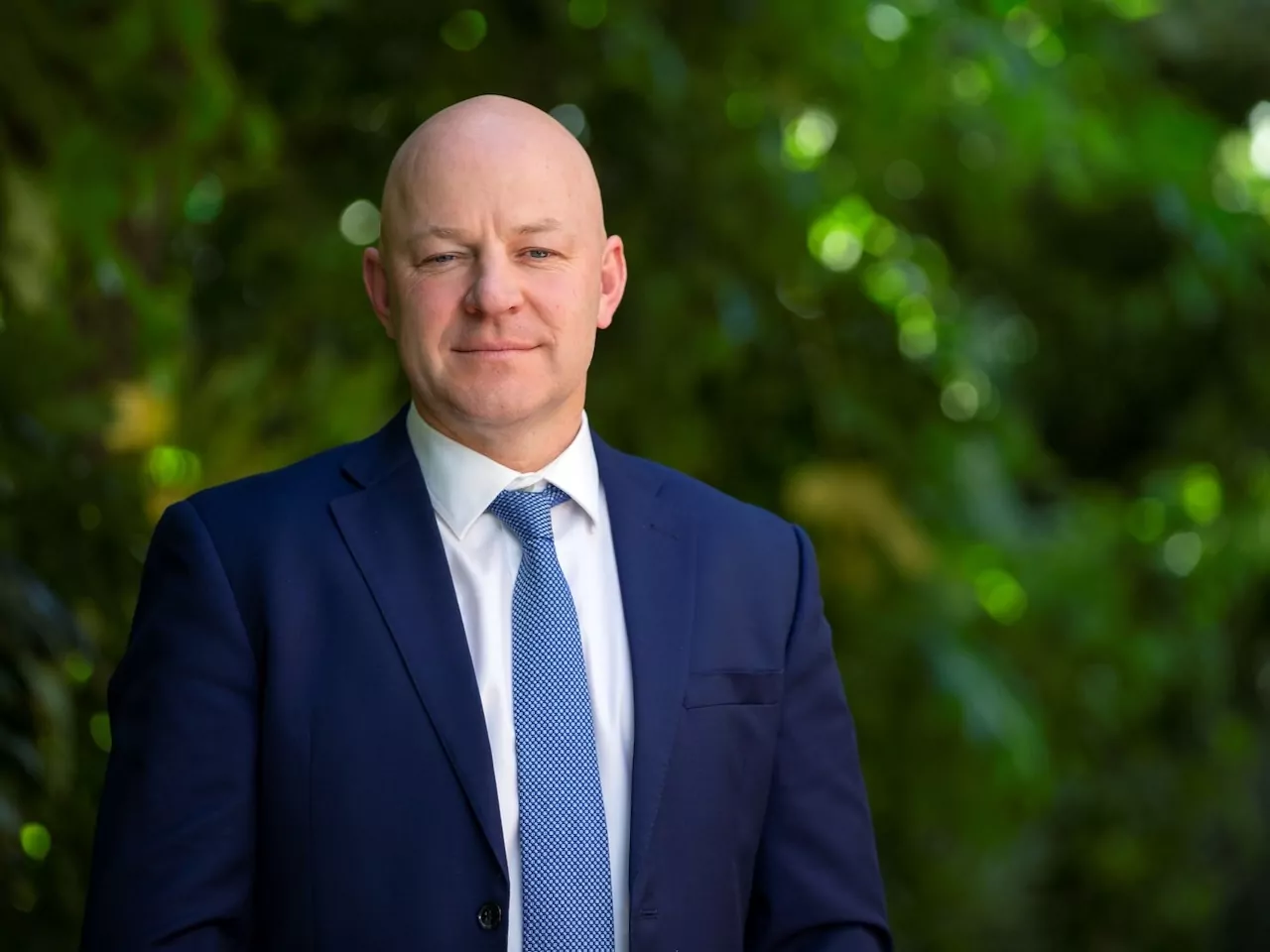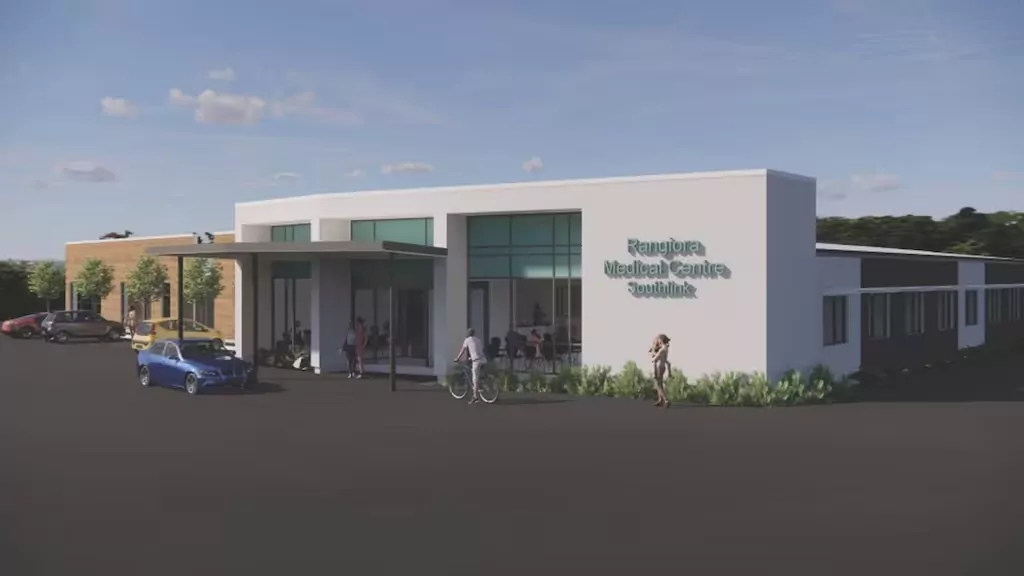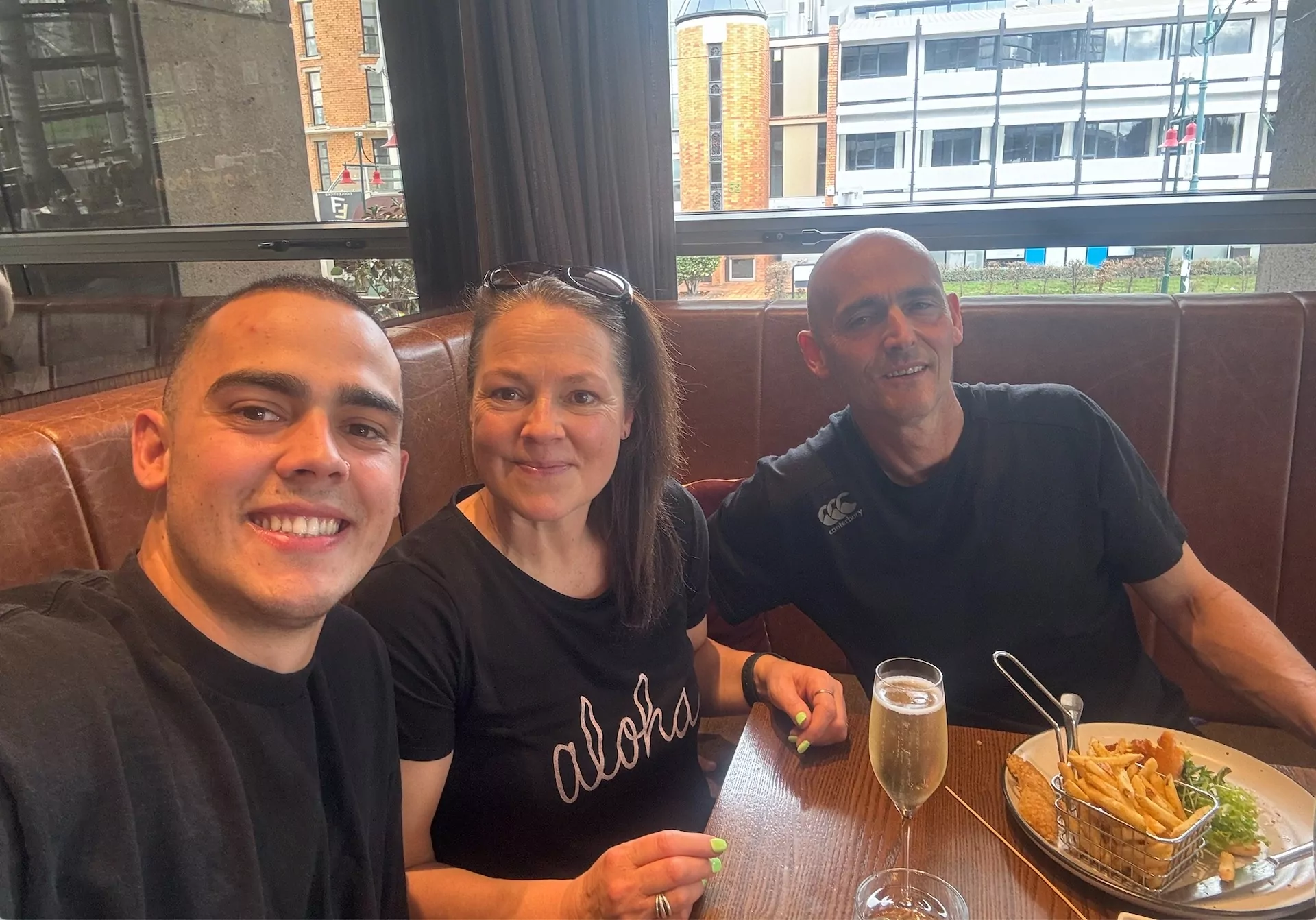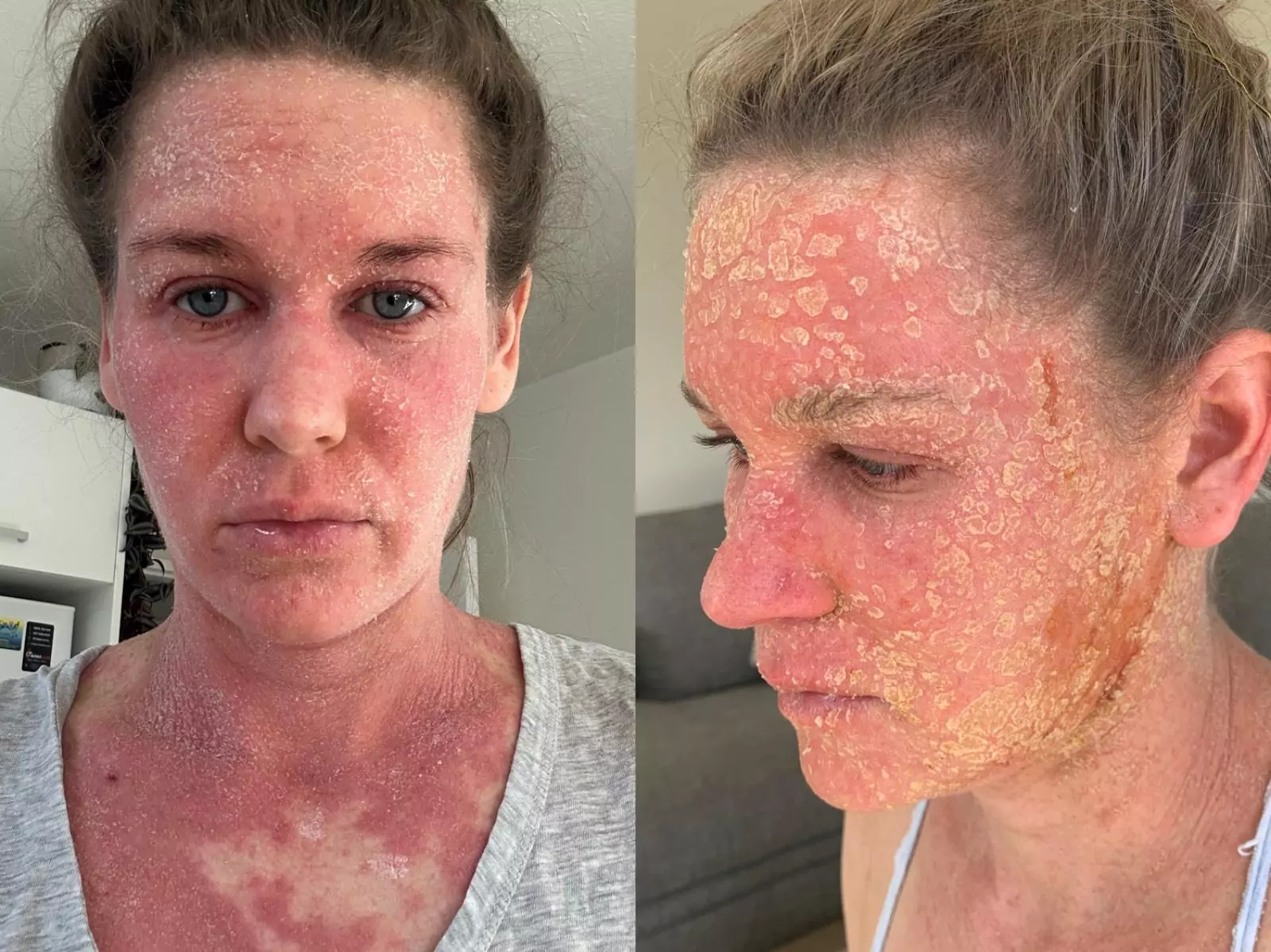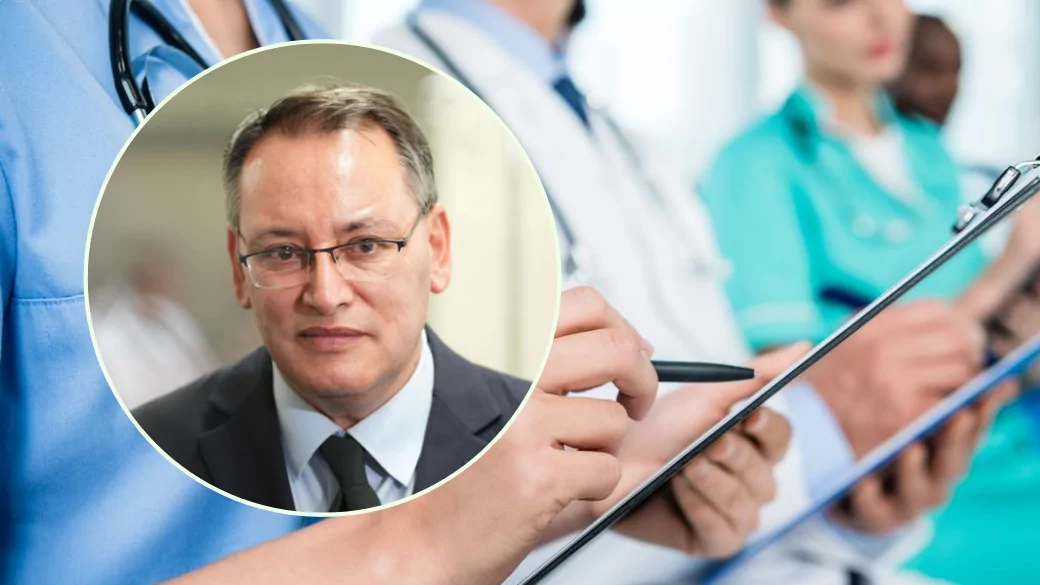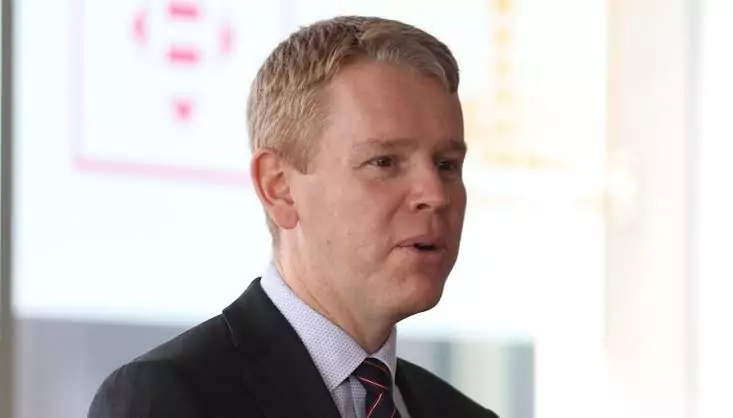The opposition is renewing calls for the Government to “immediately put nurses on a pathway to residency” to ease the staffing crisis across the country’s emergency departments.
Chris Lynch Media revealed a woman collapsed and died after visiting the Emergency Department during what was described as a “busy period.
National’s health spokesman Dr Shane Reti said “it is tragic to hear about recent deaths related to the wait times in our emergency departments across the country.
It’s every parent’s worst nightmare and my heart goes to the families.
Dr Reti said “under this Labour Government, people are not getting timely access to the care they desperately need.
National’s health spokesman Dr Shane Reti | Photo: RNZ / Samuel Rillstone
The situation cannot go on like this but unfortunately, Labour doesn’t have a plan.
All Labour has to show for their last five years in government is the removal of life-saving targets, billions of dollars in extra spending for a bureaucratic health restructure instead of to the front line, and some of the worst health statistics ever recorded.
He said a National Government will reinstate the emergency department wait time targets that Labour removed, immediately put nurses on the straight to residency pathway and increase health funding every year.”
Health Minister responds
Health Minister Andrew Little told Chris Lynch “this case is the subject of an investigation to establish the facts of what happened.
It may also end up before the Coroner, and I can’t pre-empt the outcome of those inquiries.”
Speaking more generally, however, the problems in our emergency departments did not happen overnight and will take time to fix.
ED waiting times are highly variable, depending on what’s happening in different places at different times.”
The Minister said “pressure in EDs reflects the pressure on the health system overall – including the COVID-19 pandemic, the worst flu season in memory and a staffing shortage.
Health Minister Andrew Little | Photo: RNZ / Ana Tovey
For example, patients can’t be moved out of ED if there are no beds free in other parts of the hospital for them to be moved to, and people who can’t get in to see a GP can end up going to ED instead.
We have a number of things underway to address the situation. Foremost is growing the health workforce.
We’ve already funded an extra 5000 nurse positions in hospitals and have a major recruitment programme underway to fill them.
We have more students than ever training in our nursing schools, we’re creating more training positions for medical graduates, and we’ve made it easier to recruit health professionals from other countries.
We’re also addressing the GP shortage by making it easier for overseas-trained doctors to get into New Zealand and get registered, and by increasing the number of GPs being trained from 200 a year to 300 a year.”
